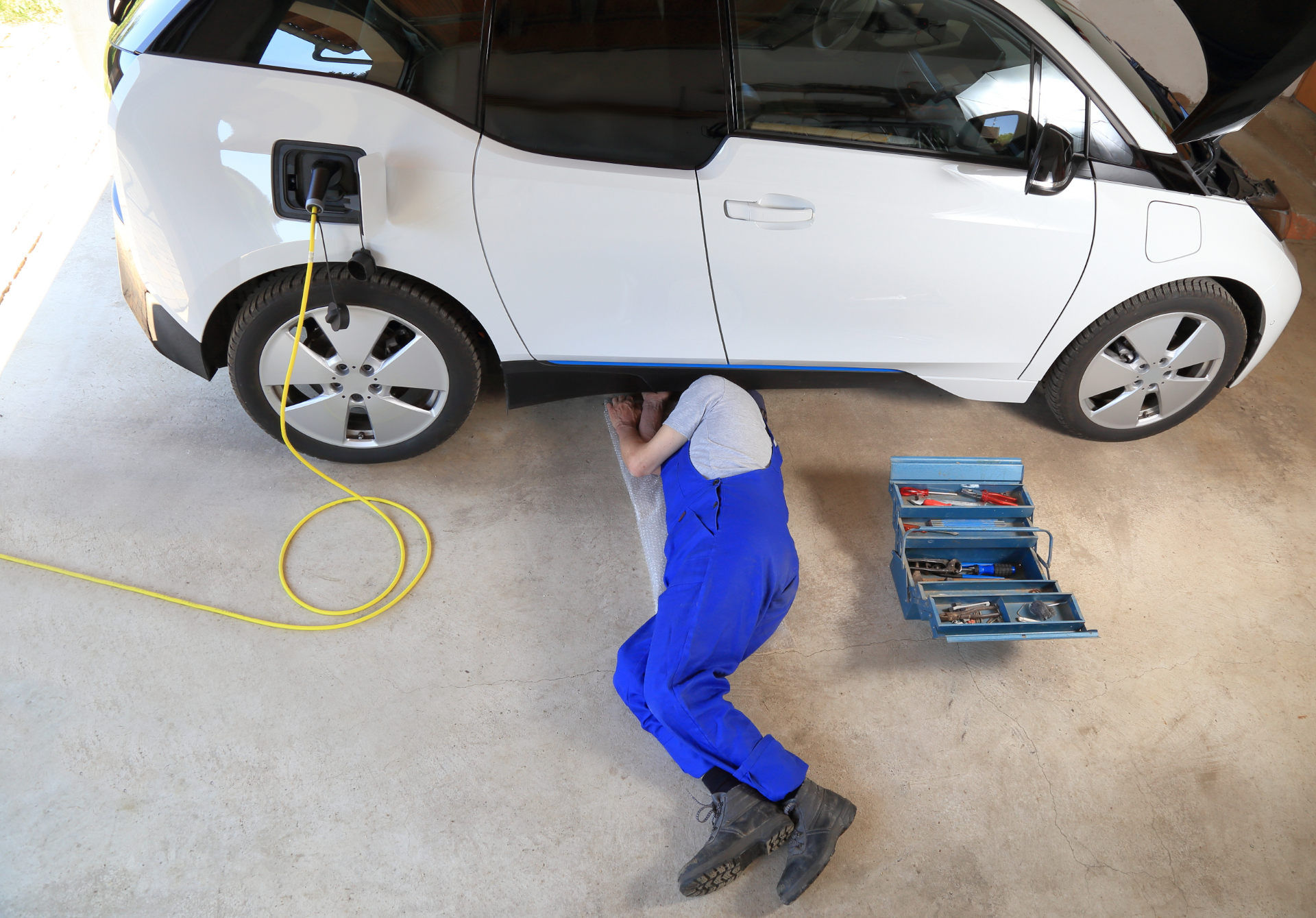 Adjudicators here at The Motor Ombudsman often receive contacts from consumers relating to the brakes which are considered to be wear and tear components. But do you know how they work and what the main parts are? Read this handy guide to find out more…
Adjudicators here at The Motor Ombudsman often receive contacts from consumers relating to the brakes which are considered to be wear and tear components. But do you know how they work and what the main parts are? Read this handy guide to find out more…
What are the brakes for?
The brakes are one of the most important pieces of safety technology in any vehicle, and their primary purpose is to slow the car down and to bring it to a halt. They are always checked when the car is serviced, and as part of the MOT, the performance of the brakes is tested on the garage’s rolling road to measure the amount of force being generated.
What are the main types of brakes?
There are two common types of brakes – disc and drum. Some cars will use a combination of the two for the purpose of cost effectiveness or have disc brakes all round.
A disc brake system is made up of a disc, calliper and brake pads. When the brake pedal is applied, pressurised hydraulic fluid pushes the brake pad friction material against the surface of the rotating brake disc. The result of this contact produces friction which slows or stops the car.
One key advantage of disc brakes is that heat is dissipated much faster than with drum brakes, therefore reducing the likelihood of brake fade. They are also more accessible for maintenance or routine checks.
A drum brake system consists of hydraulic wheel cylinders, brake shoes and a brake drum. When the brake pedal is applied, the two curved brake shoes, which have a friction material lining, are forced by hydraulic wheel cylinders against the inner surface of a rotating brake drum. The result of this contact produces friction and slows the vehicle down or beings it to a halt.
The majority of today’s cars also are fitted with ABS (this stands for Anti-Lock Braking System) as standard. Their purpose is to limit, apply and release the pressure to any wheel that decelerates too quickly. This allows maximum stopping force to be applied without the brakes locking-up, or the car going into a skid.
How often does the brake fluid need to be changed?
Brake fluid, which sits within the master cylinder in the engine bay, absorbs moisture from the air and should ideally be replaced every two years, regardless of the number of miles which have been driven. On the brake fluid reservoir, the fluid level should be above the “Min” line which will ensure that the brakes are in good working order and that there are no leaks. The car’s brake lines should also be checked along with the fluid as moisture can cause them to corrode.
What are the warning signs for when the brakes are wearing?
Heavy braking from high speed causes the most wear, and slowing down when exiting a fast road such as a motorway or dual carriageway is one of the biggest contributors. Things that you should look out for are:
- A squeal or screech which is often caused by a build-up of brake dust.
- Vibration, shaking or juddering when the brake pedal is pressed.
- The car pulling to one side, meaning that the brakes are working better on one side than the other.
- A warning light which is illuminated on the dashboard.
How much does it cost to replace brake pads and discs?
This depends on the make and model of the car. However, you can visit The Motor Ombudsman’s Garage Finder here to contact an independent garage or franchised dealer to get a quote.



